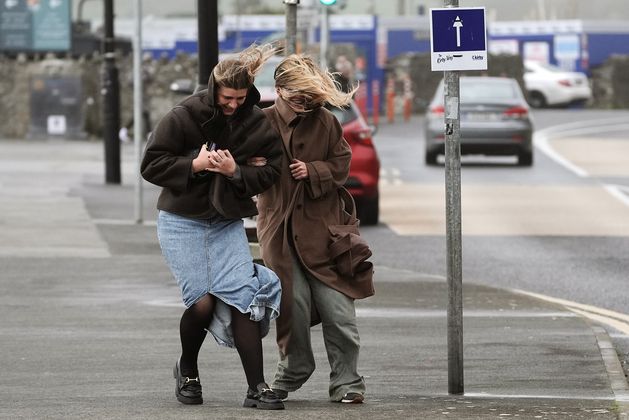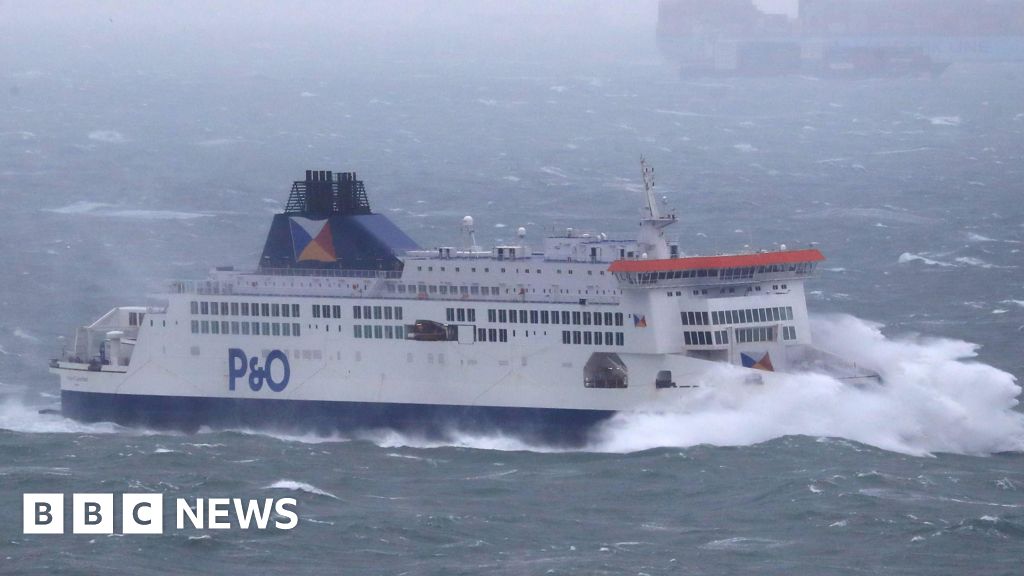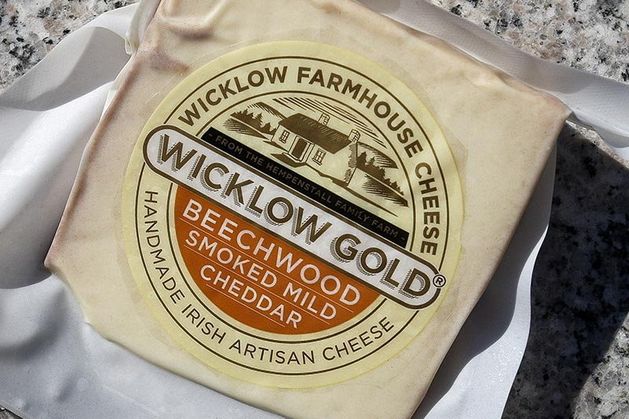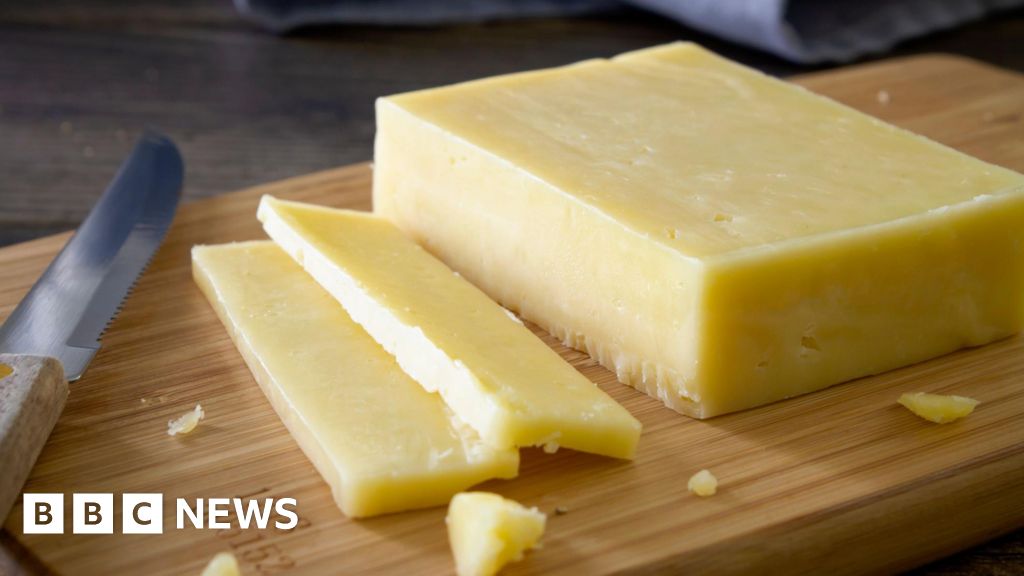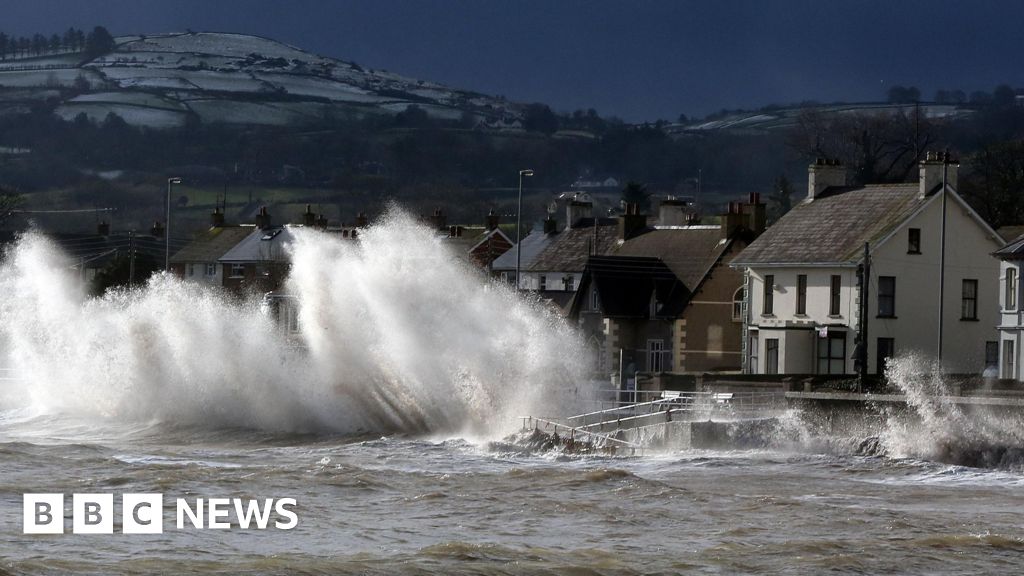Travel
These Are the Best and Worst Times to Visit Ireland
:max_bytes(150000):strip_icc()/ireland-Tipperary-fields-WTGIRE0218-8b88bd072f614cf28510ff0ac01da4e9.jpg)
Somehow even greener than the pictures promise, Ireland is a land of fairy tales and political revolutions, poetry and pubs, rainbows and, well, quite a bit of rain. Millions of tourists flock to the Emerald Isle each year, seeking its quaint villages, lush green landscapes, stunning coastline, historic castles, and more.
While there is no one “perfect” time to visit Ireland, different seasons offer different experiences, from the quiet and drizzly winter to the sunny (but crowded) summer. Here’s a basic breakdown of what you can expect.
- High Season: June to August, plus the month of March
- Shoulder Seasons: April to May and September to November
- Low Season: December to February
The best time to visit Ireland is, ultimately, up to you — and the items on your to-do list.
Best Times to Visit Ireland for Smaller Crowds
Since Ireland’s rainy climate can be a deterrent for some travelers, the country sees its largest influx of tourists in summer when the odds of a warm, sunny day are at their highest. If you value smaller crowds over perfect weather, you’ll want to visit outside of this busy season.
Winter is the least crowded time of year in Ireland, and it offers a great chance to enjoy indoor attractions, from the historic Trinity College Library to the thousands of pubs scattered across the island. Spring and fall are also less busy than the summer months, but the crowd-averse should avoid March, when St. Patrick’s Day draws hundreds of thousands of tourists.
Visitors may also want to keep an eye on the Gaelic sports schedule. Many Irish people who don’t live in Dublin stream into the city for major tournaments, so game days can be crowded in the capital but peaceful in the emptied-out countryside.
Best Times to Visit Ireland for Good Weather
Ireland’s weather is changeable, but it’s not extreme. The temperature rarely falls below freezing in the winter or rises above 70 degrees Fahrenheit during the summer. It’s not uncommon to see bright sun and cloudy skies in quick succession, regardless of the time of year.
And let’s get this out of the way: It will rain, so be ready for it and pack your bags accordingly. Trip timing, though, can affect just how much rain (or sun) you are likely to see. Summer is sunniest, with daylight stretching late into the evening, especially in late June and July. Between November and February, meanwhile, Ireland is dark, cold, and wet — but it can also feel quieter and cozier. Keep in mind, though, that your trip is unlikely to be a total rain-out no matter when you visit. Short, isolated showers are more common here than full-day lashings.
If you want to hike through the countryside, play on one of Ireland’s famous golf courses, or take in the country’s natural beauty with a scenic road trip, aim to visit between April and September. That way, you can take advantage of longer daylight hours and more pleasant weather.
Best Times to Visit Ireland for Festivals and Events
Ireland celebrates a lot more than just St. Patrick’s Day (a holiday that, before its more raucous iteration, was historically a religious celebration). On June 16, for example, Dublin’s streets swell with James Joyce devotees observing Bloomsday — the anniversary of the date when the writer’s groundbreaking novel, “Ulysses,” takes place.
Each August, the County Kerry town of Killorglin organizes Ireland’s oldest festival, the Puck Fair, where a wild goat is crowned “King Puck” for the duration of the event. September draws legions of oyster lovers to Galway for the Galway International Oyster and Seafood Festival, while summer is busy with events across the countryside, like the SeaSessions music and surfing festival held each June in County Donegal.
But you don’t have to wait for a festival to enjoy live music in Ireland. Tons of pubs across the country offer live tunes throughout the year, so you can sing along to classic Irish songs and enjoy the festive atmosphere whenever you visit.
Tessa Desjardins/Travel + Leisure
Most Affordable Times to Visit Ireland
Ireland’s drizzly and dark winter is the least expensive time to visit, as long as you avoid the weeks around Christmas and St. Patrick’s Day. Some high-end hotels, like County Limerick’s Adare Manor, offer enticing off-season rates in the winter months, but watch where you book — some smaller bed-and-breakfasts take the whole winter off, especially in summer tourist hot spots like the Dingle peninsula.
Airfare costs also tend to be at their lowest in the winter. Spring and fall, though, can also be affordable times to fly, especially if you catch one of the frequent shoulder-season sales from the Irish national airline, Aer Lingus.
The best overall tip for budget-conscious travelers is simply to avoid the summer. Flight and hotel costs are both at their highest in June, July, and August, so those busy months are the toughest time of year to snag a discount.
Worst Times to Visit Ireland
Summer’s peak popularity corresponds with a rise in airfare and accommodation rates, making it a less-than-ideal time for visitors in search of good deals or small crowds. That said, though, summer does offer the best chance that even the smallest B&Bs and rural attractions will be open, so it’s not without its perks.
St. Patrick’s Day follows closely behind the high summer with regard to both crowds and costs. Unless you are determined to spend the holiday in Dublin’s Temple Bar district, it’s best to avoid traveling to or from the country around March 17.
While winter is the least busy time to visit Ireland, it’s also when the weather is at its worst. For a nice compromise between weather and crowds, visit in the shoulder seasons of either spring or fall.




